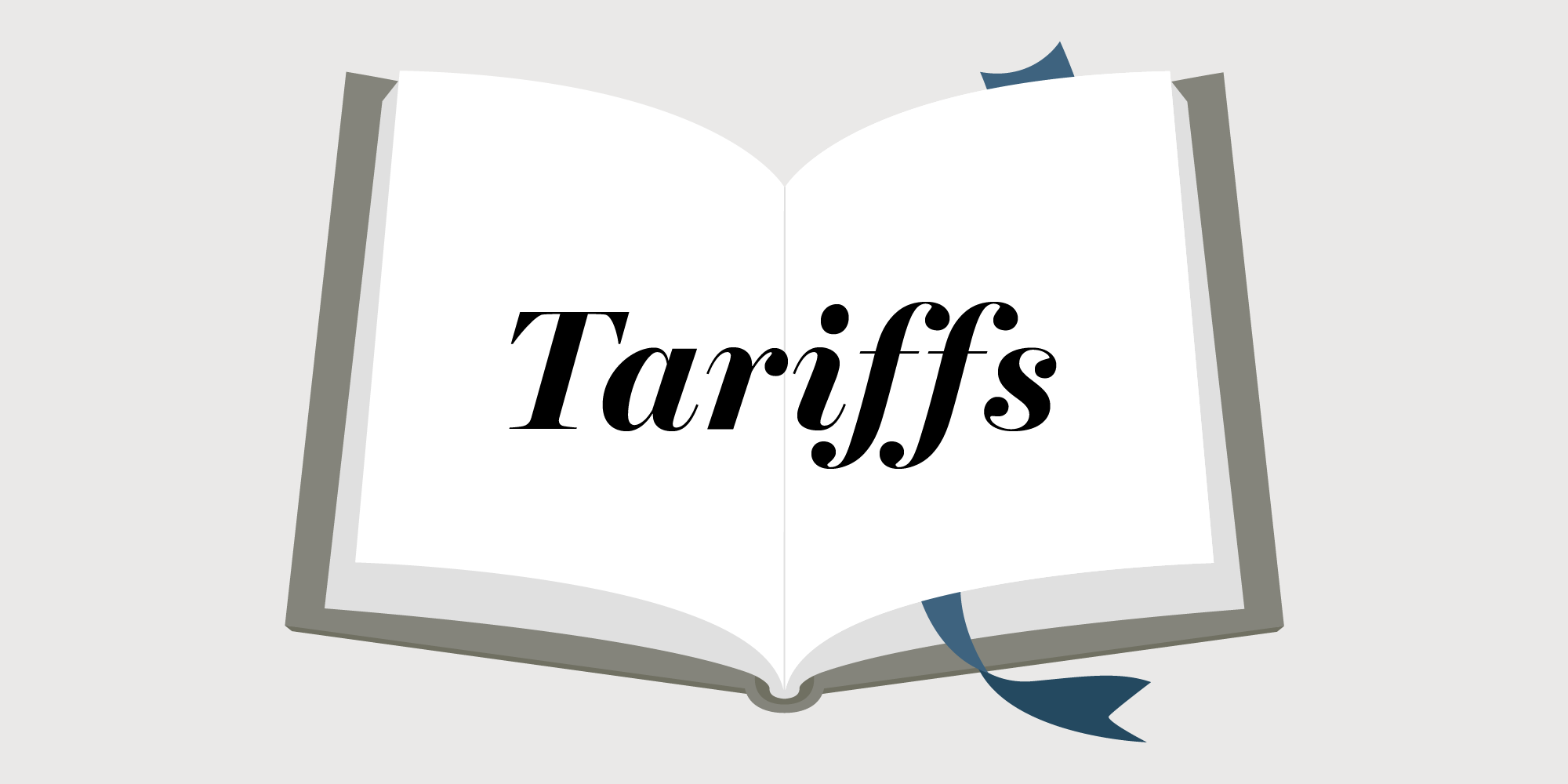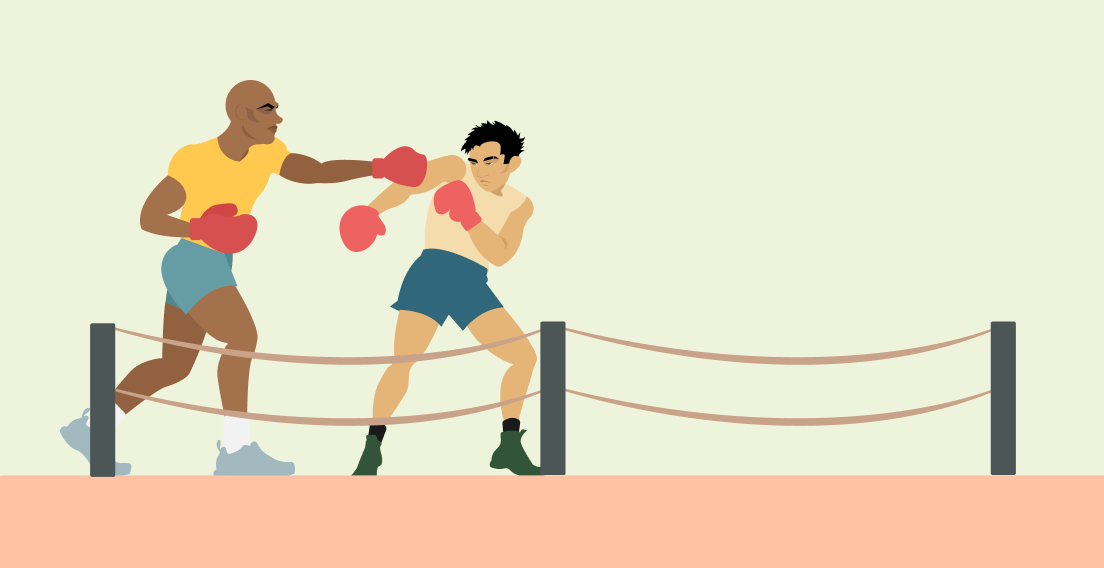Tariffs are a tax on goods coming into one country from another.
If the U.S. imposes tariffs on Canadian goods the U.S. importer (the company bringing the goods into the country) pays the tax to the U.S. government. Canadians won’t have to pay more for purchasing U.S. goods, unless they counter back with tariffs of their own, which could lead to a trade war.
Who shoulders the tariff?
That extra cost doesn’t always get directly passed to the consumer. Initially, it is paid by the importer, who may absorb the cost, pass it onto consumers, or negotiate lower prices from the exporter.
In some cases, the exporter (in this example, the Canadian producer) might lower their prices to stay competitive in the American market. The cost may be shared among a mix of all players – but eventually does lead to price increases for consumers.
Why impose tariffs?
The goal of tariffs is to encourage consumers to choose local producers over foreign ones, protect certain industries from outside competition, or increase government revenue and trade leverage. They can also be used as a political tool or as a way to impose economic sanctions.
What can consumers do about tariffs?
When tariffs are imposed, consumers may opt to buy local versions of those same products, but whether they can be substituted may depend on the product itself. Tariffs could be imposed on anything from agricultural goods, to vehicles, textiles, and natural resources.
How do tariffs impact businesses?
They will impact each industry differently, depending on how much they export, how diversified their export market is, and what their margins are to cover increased costs.
For example, if the U.S. places a 25 per cent tariff on Canadian steel, U.S. importers pay that tariff to the U.S. government when they import Canadian steel.
How can tariffs be avoided?
Free trade agreements are put in place to ease trade between countries and allow goods to travel across borders without these additional fees.





